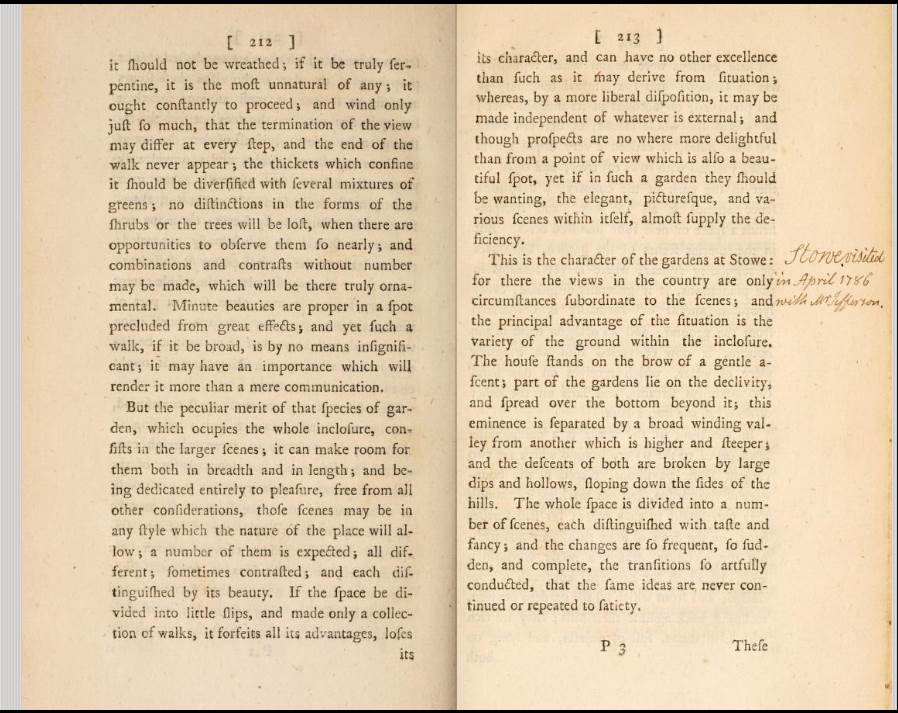Interpretation and 'Overhearing History'
12 August 2016

Research Intern Blog
Phew, I’m feeling a bit of a brain overload! I have just been thoroughly interrogated by and have in return received quite a hefty (though necessary) offloading of information and wisdom from Ruth Peters, Stowe House's Visitor Experience Manager. What was the topic of conversation? My interpretative strategy for eighteenth-century tourism at Stowe. As I've mentioned in previous posts, interpretation is the plan that underpins the presentation of a site—the collective decisions made about what information is shared and how is it shared.
Interpretation dictates the experience the managers of a site want its visitors to have while there. Interpretation can come in many different forms. It can be the deliberate choice to be minimal, such as what is currently done at the Parlour Rooms at New Inn, which have been recreated and left bare of outside information for modern visitors to experience as their eighteenth-century counterparts would have found them, minus the fleas. Or it can be thematic like the story of creativity told in Stowe House's Welcome and Discovery Centre, a story woven from Cobham's construction of Stowe's gardens through to the future of Stowe School and restoration of the house.
Having spent most of my life as a visitor of heritage sites and museums, as a consumer of others' interpretations of history and other knowledge, I never thought about the dizzying number of questions Visitor Experience Managers like Ruth have to consider when creating their interpretation of a site like Stowe. Ruth stumped me repeatedly, asking me questions I had never considered and probing for value judgments I did not realize I had already made, from the determining the exact audience I was addressing to the way my interpretation fit into the interpretation currently in place.
My own interpretative strategy is ‘overhearing history’, as Ruth has termed it, because I’m aiming to provide snippets of Stowe’s Georgian past, by way of short quotations scattered about the whole site like breadcrumbs to be picked up as visitors make their way around Stowe. I love the phrase ‘overhearing history’ and I’ll be using it repeatedly hereafter because that is exactly how I imagine the information in my head. As I read the letters of Horace Walpole or Alexander Pope or the annotations of John Adams in his copy of Thomas Whateley’s Observations on Modern Gardening (pictured), I am ‘overhearing’ these men, even eavesdropping—listening in on their private thoughts preserved in the time capsule of ink.
I’m walking into this history mid-conversation, catching brief fragments here and there but never omniscient of the entire situation. I feel that is the only way we can experience history, in teasing pieces that never complete a cohesive whole. At times it's frustrating—for example, never knowing for certain the process visitors underwent to apply for entry to Stowe House, yet knowing definitely that they did (Seeley's addition of the house to his guidebook is proof of that).
I want to share that feeling of walking in on something going on, not something dead and gone.